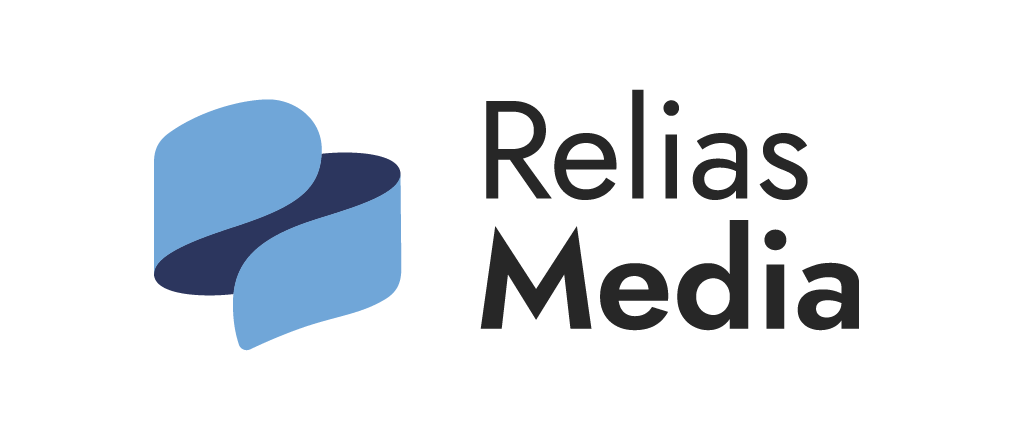“Yet we have to make sure we are providing the patients with the same financial opportunities as other patient access areas,” says Autumn Davis, CHAA, CHAM, manager of patient access for the EDs at Centra Lynchburg (VA) General Hospital and Centra Gretna (VA) Medical Center.
Explain Patient Access Role
Centra has four EDs that see a very varied demographic. At Centra’s smaller EDs, the pace is slower. The patients know most of the employees from the community and expect to be treated as family. “These patients do not like to be rushed. The patient access folks know to take their time with the patients,” says Davis.
At Lynchburg General, a Level II trauma center, the pace is much faster. “The ED saw more than 90,000 patients in 2016 and we are trending to surpass that number in 2017,” says Davis. There are four colleges within the city limits, the population is more transient, and patients are usually a higher acuity level.
“Here, efficiency is the name of the game,” says Davis. Patient access has to walk the line between getting a lot of information very quickly, yet not coming off as rude or rushing the patient through the process.
“Our biggest roadblock is perception,” says Davis. “At times, clinical staff see us as name and address takers. We are much more than that.”
Appearances can be deceiving. With registrars often seated in front of a computer, all they do isn’t readily apparent. “We try to educate the nurses, doctors, and their leaders frequently. But sometimes the message doesn’t translate,” says Davis.
Recently, Davis was on the floor training a new hire when an experienced ED nurse came in with a family member. “When we came in to register them, they really paid attention to the questions we were asking,” says Davis.
The nurse said, “I didn’t realize you asked all that. I feel bad for rushing you out of the room all the time.” The incident hit home with Davis. Shortly afterward, she created a PowerPoint presentation including the information the registrars collect to share with the clinical team. “This really helped open up the lines of communication,” says Davis. “It explained why we needed the time to do what we do.”
‘It’s a Start’
For ED registrars, financial discussions are an opportunity to educate the patients on help that’s available.
“Insurance can be confusing,” says Davis. “With so many changes, it’s even hard for patient access professionals to keep up — much less someone who has no experience in using their benefits.”
An ED visit certainly is not the best time or place to learn about one’s insurance. “Unfortunately, that’s the first time many people learn about their coverage,” says Davis.
Patient access offers as much practical help as they can, including prompt pay discounts, financial assistance from counselors, help with applications, and price estimates.
“The copay discount was very well received by our Medicare HMO patients, especially the ones who were not aware that by using an HMO that they would have copays,” says Davis. This additional help is offered.
- Patients all receive financial assistance applications, even if multiple insurances are filed.
- A third-party vendor screens the applications for possible missed insurances and financial need.
- A Department of Social Services worker helps patients apply for Medicaid.
“We have a ‘soft’ collection policy in the EDs. There are certain things that we do not ask for payment at time of service,” says Davis. These include traumatic injuries and cardiac events.
- Patient access takes great care to explain all the discounts the patient can receive.
“It doesn’t offset all of the issues of collecting at time of service,” says Davis. “But it’s a start.”
SOURCE
- Autumn Davis, CHAA, CHAM, Manager, Patient Access, Emergency Department, Centra Lynchburg (VA) General Hospital/Gretna (VA) Medical Center. Phone: (434) 200-2689. Email: Autumn.Davis@Centrahealth.com.
